Leipzig: A travel guide for music fans.
Historical places of classical music and opera art. Visiting destinations and background information related to great composers.
Overview of visit destinations (click for more information)
0
GOOGLE MAPS
ALL DESTINATIONS ON GOOGLE MAPS
0
1
MUSICIANS WHO LIVED IN LEIPZIG
Overview of the lives and work of Richard Wagner, Robert Schumann, Johann Sebastian Bach and Felix Mendelssohn in Leipzig.
1
2
CONCERT AND OPERA HOUSES
Visit to the Gewandhaus and St. Thomas Church.
2
3
VISITING CHURCHES
Visit the destinations Nikolaikirche and Thomaskirche.
3
4
MUSEUMS
Destinations Bach House, Schumann House and Mendelssohn House
4
5
MONUMENTS
Visits to the Bach monument and the Mendelssohn monument.
5
6
RESTAURANTS AND HOTELS
Visit to the Auerbachkeller.
6
7
FESTIVALS
Visit to the Bach Festival and the Mendelssohn Festival.
7
ALL DESTINATIONS ON GOOGLE MAPS
Zoom in for destinations in Leipzig:
COMPOSER IN LEIPZIG
Johann Sebastian Bach:
Bach’s appointment as Thomaskantor was rather bumpy. After the death of the previous cantor, the position was offered first to Telemann (as in Weimar) and then to another musician, both of whom declined. Thus Bach was only third choice, or as one councilman put it: “Since one cannot get the best-one must take the middle-one”. So Bach could leave Köthen.
During this time he was responsible for services and special church festivities of four churches. St. Nicholas Church and St. Thomas Church are still standing today, while two others fell victim to the Second World War. Bach’s main duties included the weekly performance of cantatas on Sundays and feast days. Bach put a lot of effort into this right at the beginning and wrote cantatas on a weekly basis. It is said that he composed five years of cantatas, of which three years (i.e. about 200 pieces) have survived. Already in 1724 he composed his most comprehensive work to date, the St. John Passion, and three years later the St. Matthew Passion. In 1730 a conflict arose with the council, since in Bach’s opinion the performance conditions had deteriorated. He now presented the council with his ideas of a “well-stocked church music,” thus handing down to posterity an important documentation of historical performance practice from the master’s hand.
Furthermore, he also had secular duties as music director. In Leipzig, a “Collegium musicum” had been formed (an orchestra of professional musicians and enthusiasts), which gave concerts in the hall and in the garden of a coffee house. For these concerts he wrote various works for orchestra, such as the harpsichord concertos.
The Leipzig period was overshadowed by private tragedies. Between 1726 and 1733, seven of Bach’s children died, in addition to the death of his last sibling, his sister Maria.
The late years of Bach still brought some great late works. These include, for example, “The Art of the Fugue”, the “Goldberg Variations” or the “Musical victims” (see “Bach in Berlin”). Soon thereafter, Bach’s health deteriorated. A severe eye disorder and disturbances in the arm of his writing hand hindered him so much that his creative work came to a virtual standstill. Bach subsequently underwent the famous eye operation performed by the passing controversial ophthalmologist Sir John Taylor in 1750. As with his professional colleague Handel, the result was a fiasco: although his eyesight improved briefly, he suffered a stroke a short time later and Johann Sebastian Bach died on July 28, 1750.
TO THE COMPLETE BACH BIOGRAPHY
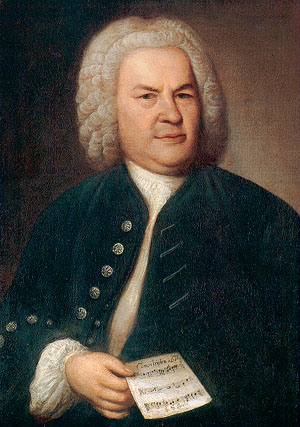
Richard Wagner:
Richard Wagner was born in Leipzig as the ninth child, the house where he was born no longer stands. His father died a few months later and his mother married the poet and actor Ludwig Geyer a little later. It was long puzzled whether Ludwig, to whom Richard was very attached, was his biological father, which would have been very piquant because of his Jewish roots. Today it is assumed that this is not the case. After 2 years the family moved to Dresden.
At the age of 16, Wagner heard Fidelio with the Schröder-Devrient in Leipzig, which, according to him, was the deciding factor to become a professional musician. Two years later he began his musical studies at the University of Leipzig, composed his first works and became interested in politics. In 1833 he left Leipzig to gain professional experience.
LINK TO THE COMPLETE WAGNER BIOGRAPHY
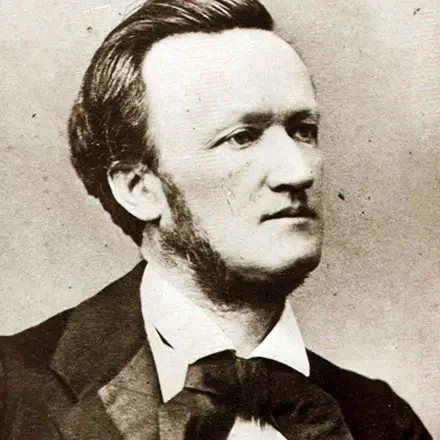
Robert and Clara Schumann
Studies and piano training in Leipzig
Schumann, who grew up in nearby Zwickau, moved to Leipzig at the age of 18 to take up the unloved study of law. His mother wanted him to take up the studies, but Robert was mainly concerned with literature and music during this time. He stayed at the university for only one semester and then transferred to Heidelberg University for three semesters.
In 1831, the twenty-year-old returned to Leipzig to begin training as a piano virtuoso with Friedrich Wieck. Wieck had assured his mother that Robert had the talent if he would only practice diligently. However, the dexterity was not enough and Robert overused first his middle finger, then his whole right hand (possibly with a mechanical exercise device), so that he had to bury the dream of a piano virtuoso career.
In 1834, with Wieck, he founded an influential journal for music, which he directed for 10 years and for which he wrote numerous articles. Schumann had an extraordinary gift for language. He published many essays under pseudonyms, including Eusebius (the introverted Schumann) and Florestan (the passionate Schumann).
First psychoses and engagement
In 1833 he experienced his first psychoses. A doctor advised him to marry in order to overcome the crisis with a regulated life. Schumann became engaged to Ernestine von Fricken and memorialized her in his piano work Carneval (Estrella). However, the engagement was broken off again.
This mental illness probably stemmed from a bipolar disorder; occasionally a syphilis disease is mentioned as the cause. Against it speaks that Schumann’s father, one of his siblings and two of his children also had mental problems, which would speak for a genetic cause.
Engagement and marriage to Clara
Schumann had lived in Wieck’s house during his student years and met 9-year-old Clara. They became friends and the friendship turned to love when Clara was 15. At 18, the two became secretly engaged. Since their father was against the marriage, the two fought in court to get permission to marry and the wedding took place in 1840 at the Schönefelder Memorial Church. That year, the two moved into the apartment on Leipzig’s Inselstrasse, where they had an artist’s marriage and received artists such as Liszt and Mendelssohn. While Schumann wanted Clara to focus on her marriage and end her career as a pianist, he supported her in her work as a composer. This year became one of Schumann’s most productive years, called his Liederjahr because of the abundance of Lieder.
In 1841 Schumann composed his first symphony, the Spring Symphony, which Felix Mendelssohn premiered at the old Gewandhaus. It was a great success and Wieck recognized the genius of his son-in-law and sent out conciliatory gestures. Robert, however, remained reserved toward his father-in-law.
In 1844 Schumann hoped to become Mendelssohn’s successor at the Gewandhaus. But their hopes were dashed and the Schumanns moved to Düsseldorf, where Robert had been offered the position of municipal music director.
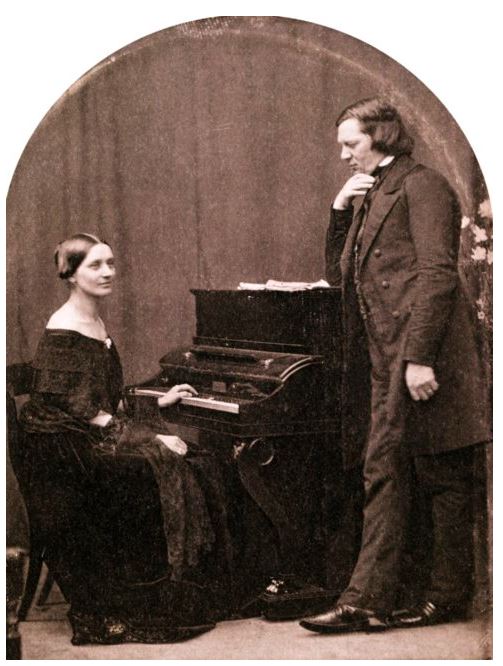
Felix Mendelssohn:
Mendelssohn’s first appearance as newly appointed Gewandhauskapellmeister in 1835 was triumphant. The 25-year-old Robert Schumann was an enthusiastic witness to his inaugural concert, and the two maintained a friendship from then on. The Gewandhaus would also become the premiere venue for two of Schumann’s symphonies. As a musician and artistic director, Mendelssohns became the prototype of the modern conductor. With structured rehearsals, the conductor became the artistic authority who (newly) equipped with baton tried to implement the composer’s will. It attracted much attention that Mendelssohn, equipped with a phenomenal memory, conducted many of the works by heart. Mendelssohn was perhaps the most respected musician in Europe at the time, and in the 12 years (with interruptions) until his death, he led his Gewandhaus Orchestra to the very highest level of excellence with European appeal. Mendelssohn encouraged young musicians such as Schumann and Berlioz, whom he had met in Rome and with whom he maintained a warm friendship. At a guest concert of the Frenchman in Leipzig, the two exchanged batons.
Mendelssohn realized that the previous musical system produced too much mediocrity. Orchestral musicians had to perform in public houses in the evenings to supplement their salaries, and the training of young musicians was left to chance. Thus, Mendelssohn became decisively involved in improving the pay of orchestra musicians and, in an unprecedented show of strength, founded a Leipzig conservatory with four comrades-in-arms. Among the first teachers were Robert Schumann and his concertmaster and confidant Ferdinand David.
In 1836 Mendelssohn had met his future wife in Frankfurt. The wedding was celebrated in Cécile Jeanrenaud’s hometown of Frankfurt, after which she moved in with Felix in Leipzig, where the two had five children. Cécile sang and played the piano, but her passion was painting. She was a reserved person and thus did not have the role of the classical “muse” of the romantic composer, but gave Felix the support he needed to work through his immense workload. Of Mendelssohn’s three residences in Leipzig, the last still survives; the house at Goldschmidtstrasse 12 (then Königsstrasse) now houses the Mendelssohn Museum.
Mendelssohn remained immensely productive as a composer despite his multiple burdens as husband, father, artistic director, conductor, performing artist, conservatory director, traveling artist. His Leipzig years include the composition of his Elijah oratorio (premiered in Birmingham), his second piano concerto, and the famous violin concerto. Mendelssohn thus entered the hamster wheel of the art world, for which he paid tribute in his later years. The forties showed more and more an exhausted man with burn-out syndrome, which became the trigger for his early death after the death of his sister Fanny.
In May 1847, while on a concert tour, the catastrophic news of his sister Fanny’s death reached him. Mendelssohn was stunned, interrupted all his activities, and escaped on a solitary vacation trip to Switzerland. When he returned, he suffered his first stroke in Leipzig in early October. After further strokes, he lost consciousness and died at his home on November 4, 1847, at the age of 38. After a funeral service in Leipzig, his body was transferred to Berlin on a special train and buried in the Trinity Cemetery in the Mendelssohn family grave next to his beloved sister.
TO THE COMPLETE MENDELSSOHN BIOGRAPHY
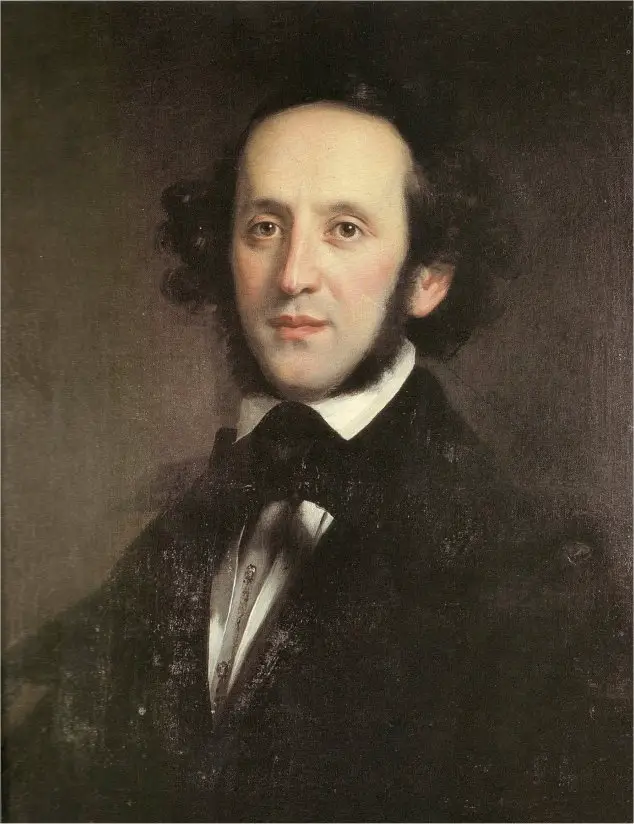
CONCERT AND OPERA
The third (new) Gewandhaus:
The second Gewandhaus became a victim of the Second World War. Due to the severe damage, it was decided not to rebuild it and a building for the university was erected.
The third (new) Gewandhaus was built in GDR times. “The large hall with 1900 seats has excellent acoustics. During construction, the hall was occupied several times by soldiers of the NVA to test the acoustics at full capacity. In the fall of 1989, the Gewandhaus took on political significance. Kurt Masur opened the house for the so-called “Gewandhaus Talks,” public discussion rounds in which the reforms and future of the GDR were debated. Thus, the Gewandhaus became a platform for the political opposition of the GDR.” (Source: Wikipedia, own translation).
Since Mendelssohn Bartholdy, the Gewandhaus Orchestra has had a dazzling gallery of artistic directors and still has an excellent reputation in the music world. For the program, see the website.
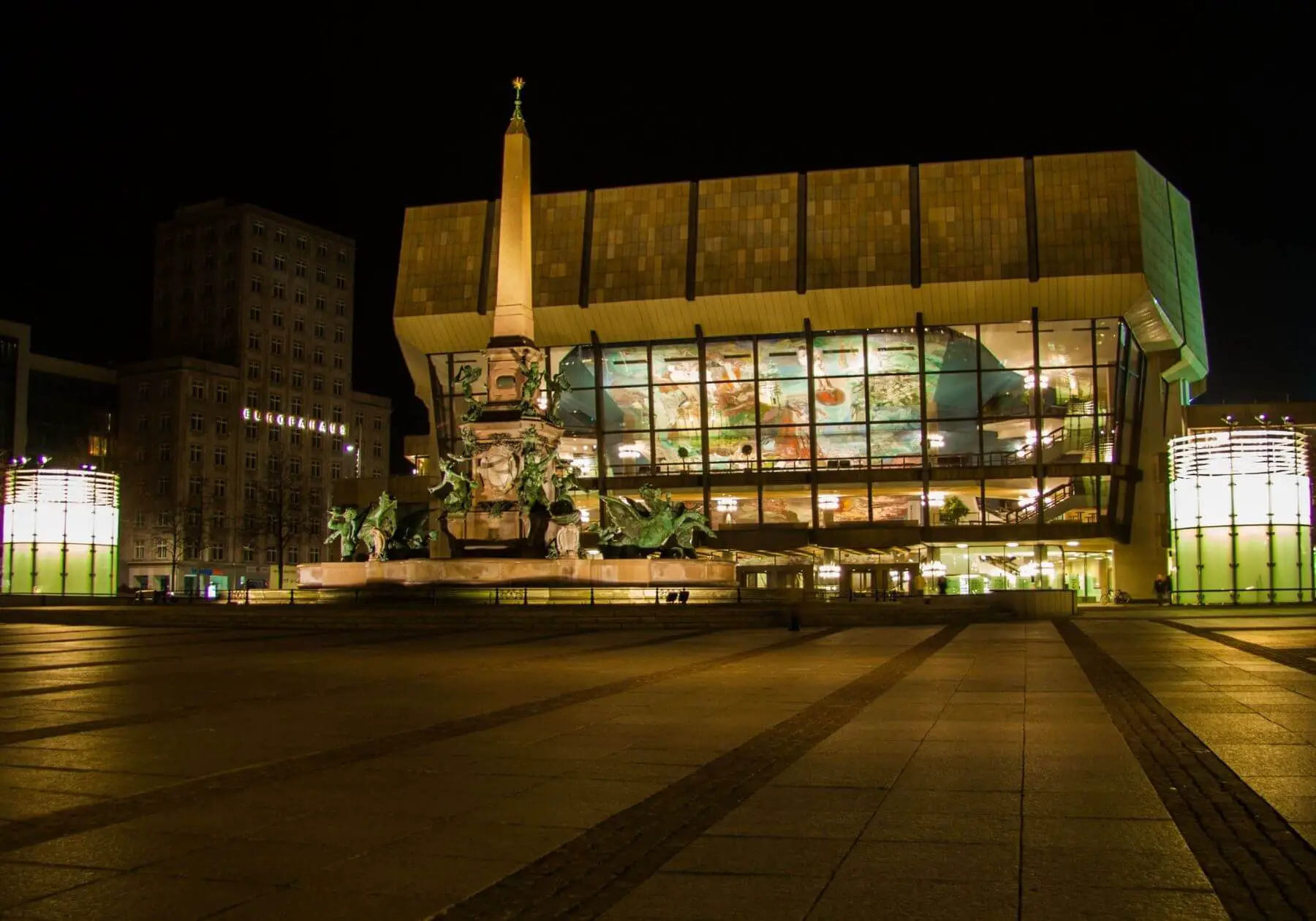
Erstes Gewandhaus:
The first Gewandhaus, Mendelssohn’s place of work, was built in the 18th century from an attic converted from a cloth warehouse. Here, in addition to two symphonies by Schumann, the first performances of Mendelssohn’s E minor violin concerto (with Ferdinand David as soloist) and Schubert’s C major symphony (No.9) took place.
For the program, see the website.
https://www.gewandhausorchester.de/
Konzert-Saal des historischen Gewandhauses:
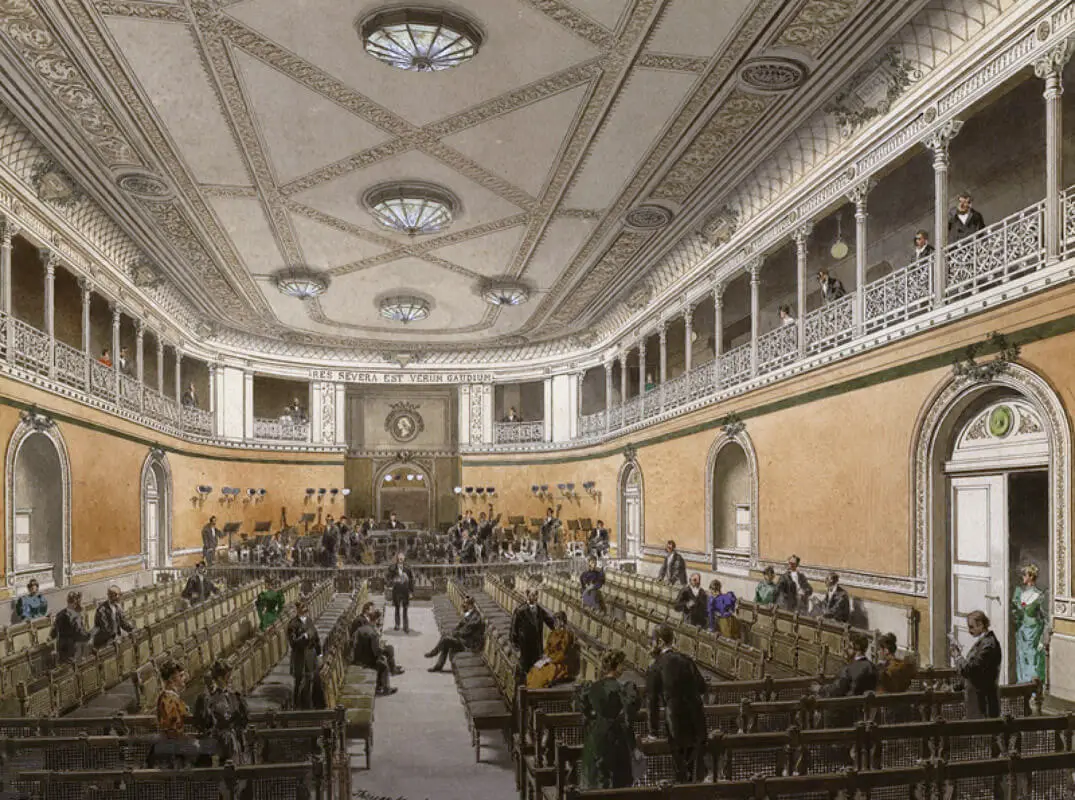
Erstes Gewandhaus:
The building lost its function as a concert hall at the end of the 19th century and was rebuilt into a Municipal Department Store complex. During the Second World War it was severely damaged and underwent basic reconstruction. A memorial plaque on the second floor of the historical staircase reminds of the former entrance to the Gewandhaus concert hall.
Städtisches Kaufhaus (“City department store”):
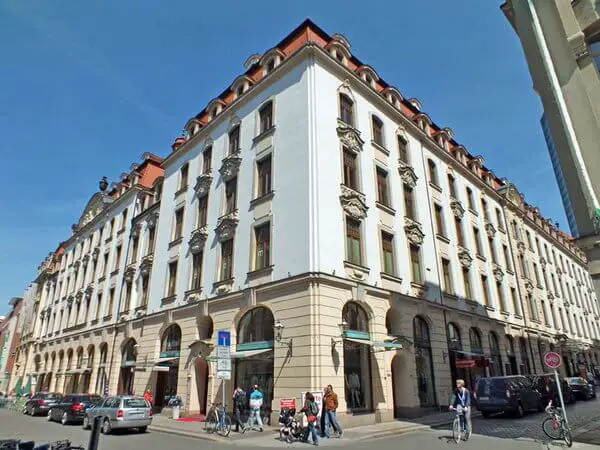
St. Thomas Church:
St. Thomas Church regularly hosts musical performances, you can find the calendar of events on the website. Registration is usually mandatory for performances.
Link: Auf Überschrift klicken
ST. THOMAS CHURCH
St. Thomas boys choir:
Johann Sebastian Bach:
In Bach’s time, St. Thomas Church was not the only place of activity of the St. Thomas Boys’ Choir, a boys’ choir whose tradition dates back to the 13th century. The choir consisted of just over 55 students, who mostly sang in groups of 8 in various churches.
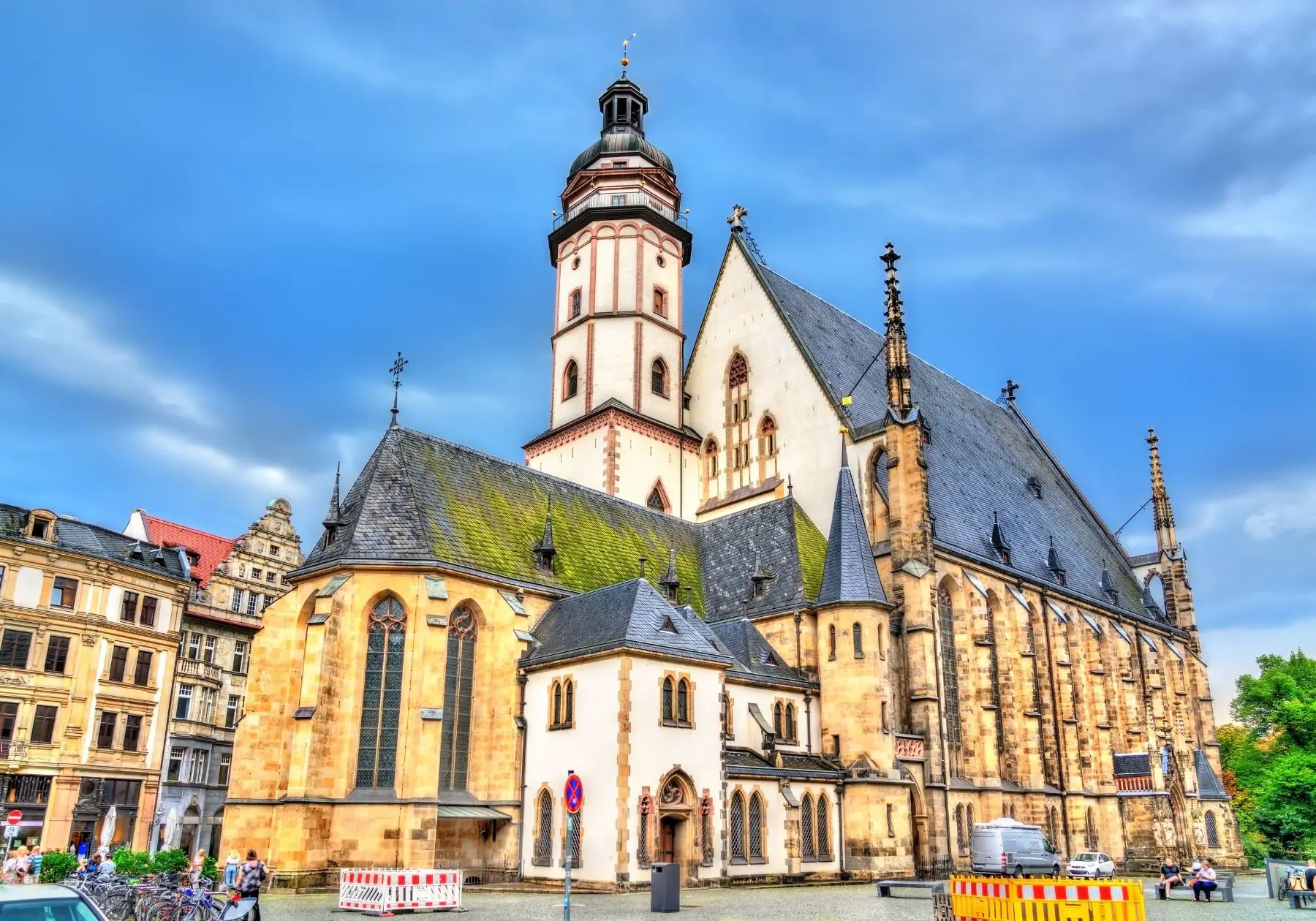
Lutherwindow:
Johann Sebastian Bach:
Among other things, the premiere of his St. Matthew Passion in 1727 took place in St. Thomas Church. Some of Bach’s works from this period have church lieder by Luther as their basis. Luther can also be seen in the church on a window that dates from 1889. A plaque on a pillar commemorates the reformer’s Pentecost sermon in 1539.
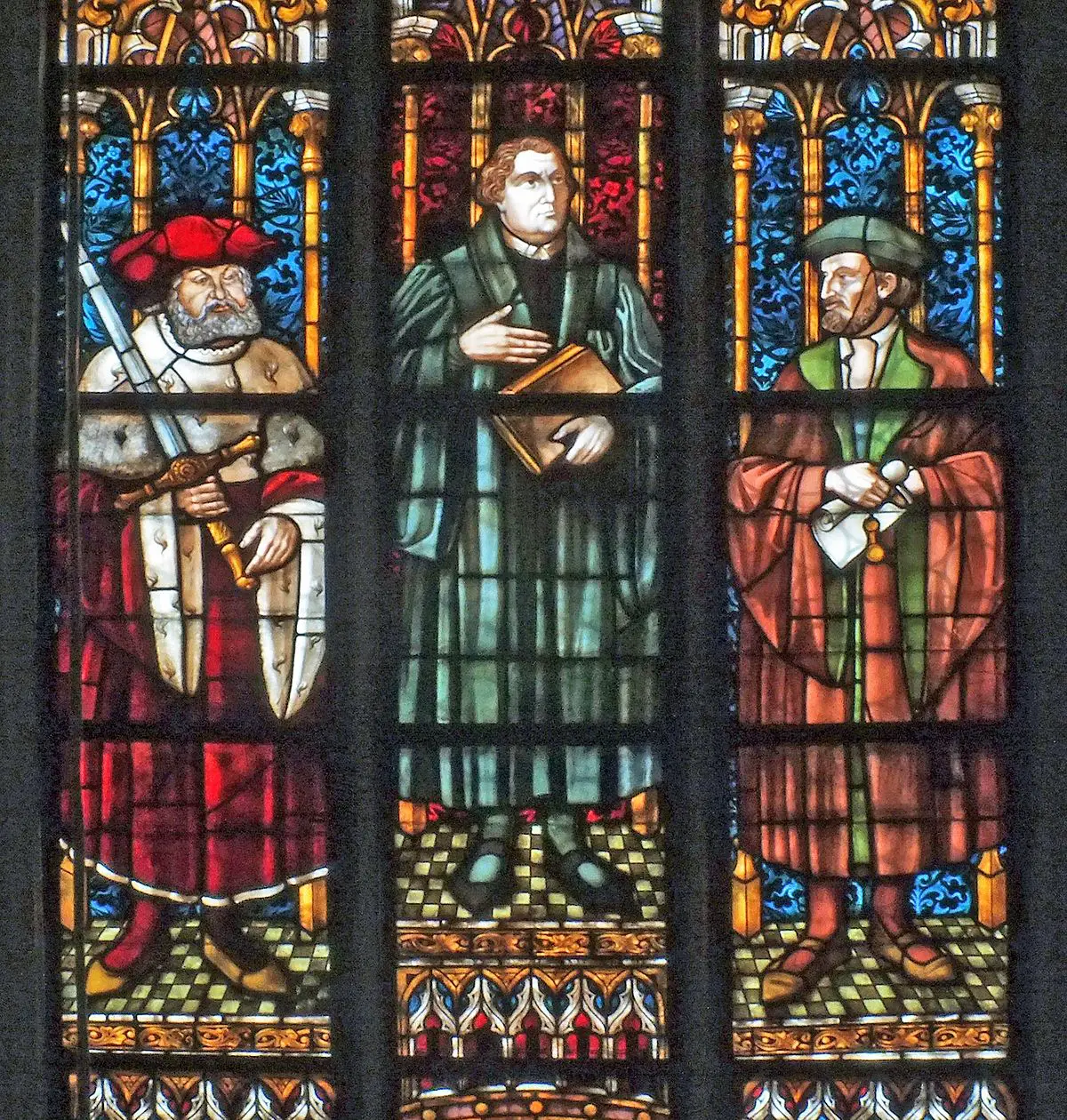
Johann Sebastian Bach:
The choir room of the church has been the final resting place of Bach’s tomb since 1950, whose bones came here in a roundabout way. When Bach died, he was buried without a gravestone in the cemetery of the Church of St. John. After the Bach Renaissance of the 19th century, triggered by Mendelssohn, they wanted to exhume his body and rebury it in the neighboring church. The only information about the exact location of the grave was the surviving statement “six steps straight ahead from the door on the south side”.
There is some controversy as to whether the exhumed body is really that of Bach. However, the fact that the body was in an oak coffin is an important argument in favor, as this was true in only 1% of burials at the time. A definitive clarification would be given by DNA analysis. St. John’s Church was bombed during the Second World War and the bones had to be taken out from under the debris to eventually be placed in St. Thomas Church.
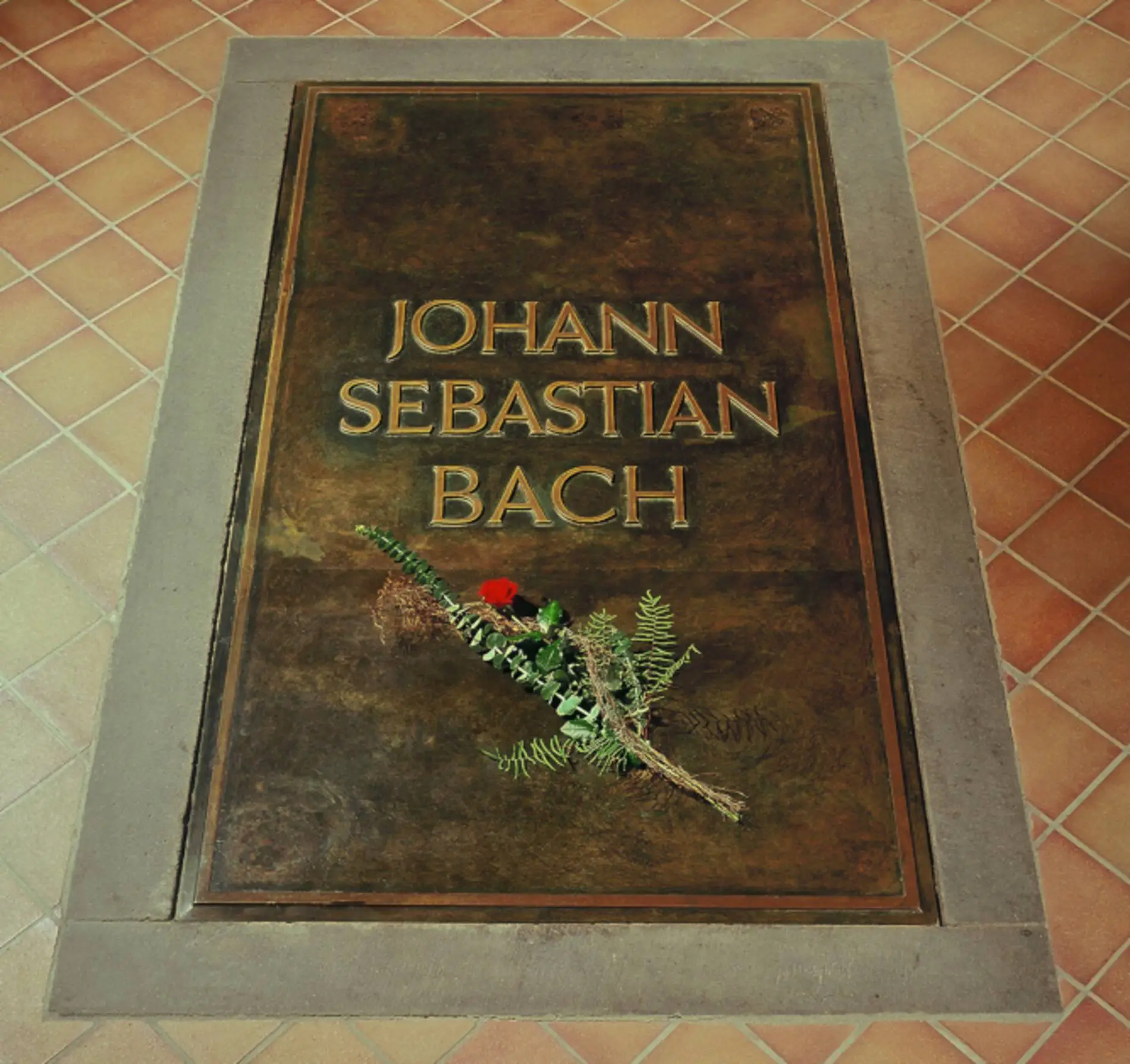
Bach monument in front of St. Thomas churceh:
Johann Sebastian Bach:
The bronze Bach statue stands in front of the Bach window of St. Thomas Church. In the course of the exhumation of Bach’s body in the 19th century, an impression of the skull had been made, which was used as the basis for the design of the monument. The monument shows Bach conducting (why he has rolled up music paper) in front of an organ.
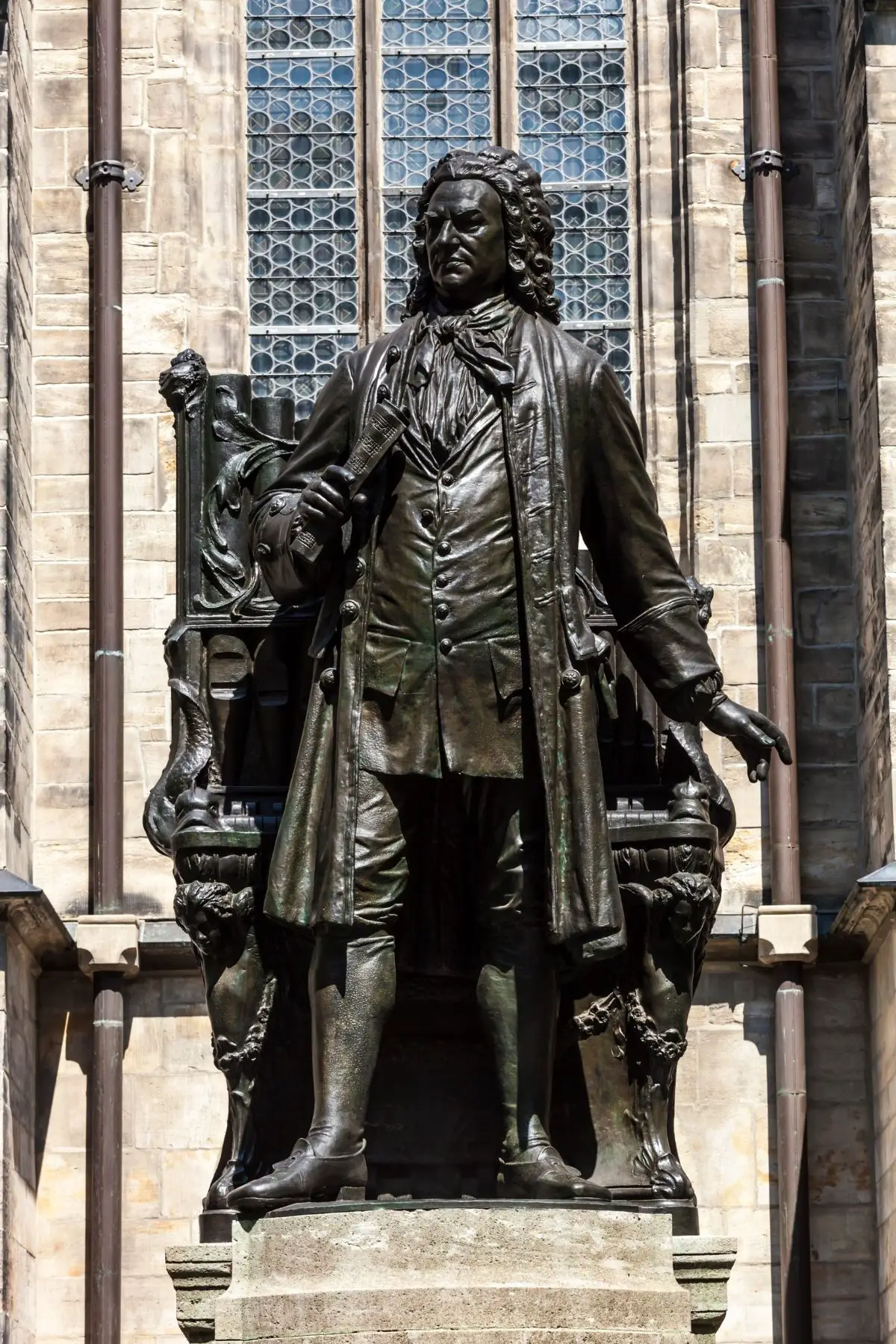
Calendar of events:
Johann Sebastian Bach:
St. Thomas Church regularly hosts musical performances, you can find the calendar of events on the website. Registration is usually mandatory for performances.
Link: Click on header
Richard Wagner:
Historically significant for Bach and Luther, St. Thomas Church is the only “Wagner place” in Leipzig that has been preserved. Here he was baptized in 1813 and later received lessons from the then Thomaskantor during his studies.

NIKOLAI CHURCH
Luther pulpit:
Johann Sebastian Bach:
The St. Nicholas Church was one of Bach’s places of work, where many of his works were heard for the first time, for example the St. John Passion in 1724 or the Christmas Oratorio in 1734/35, in addition to countless cantatas and motets.
The St. Nicholas Church still even mor features. For example, the Gothic pulpit from the time of Luther, also called the “Luther pulpit”.
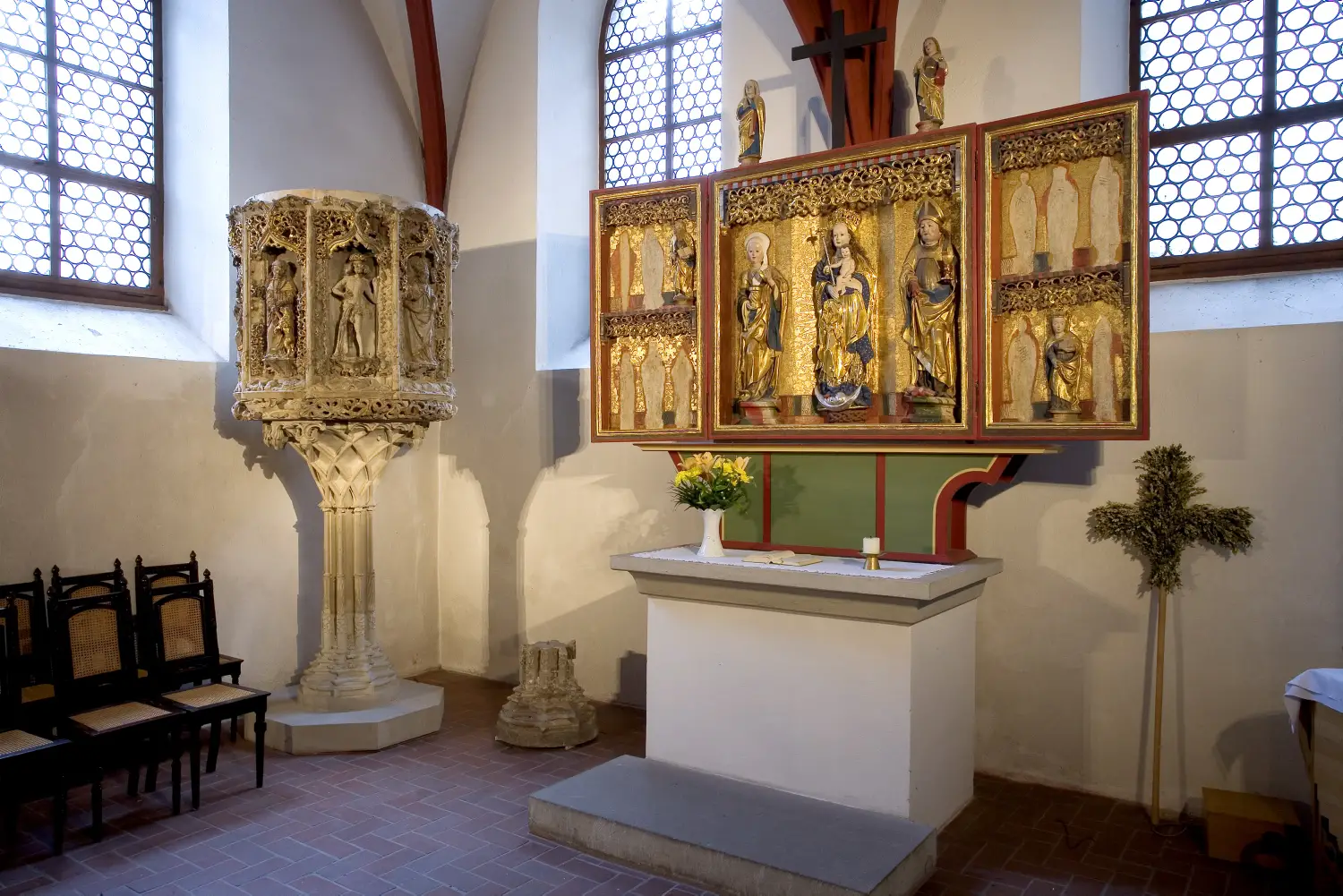
Nikolai church:
Johann Sebastian Bach:
Furthermore, the central tower from 1732 should be mentioned, in which until 1932 lived a Türmer (dweller of the tower).
Most recently, the St. Nicholas Church was also the origin of the GDR Monday demonstrations, which developed from the Monday prayers of the St. Nicholas Church and led to the end of the GDR.
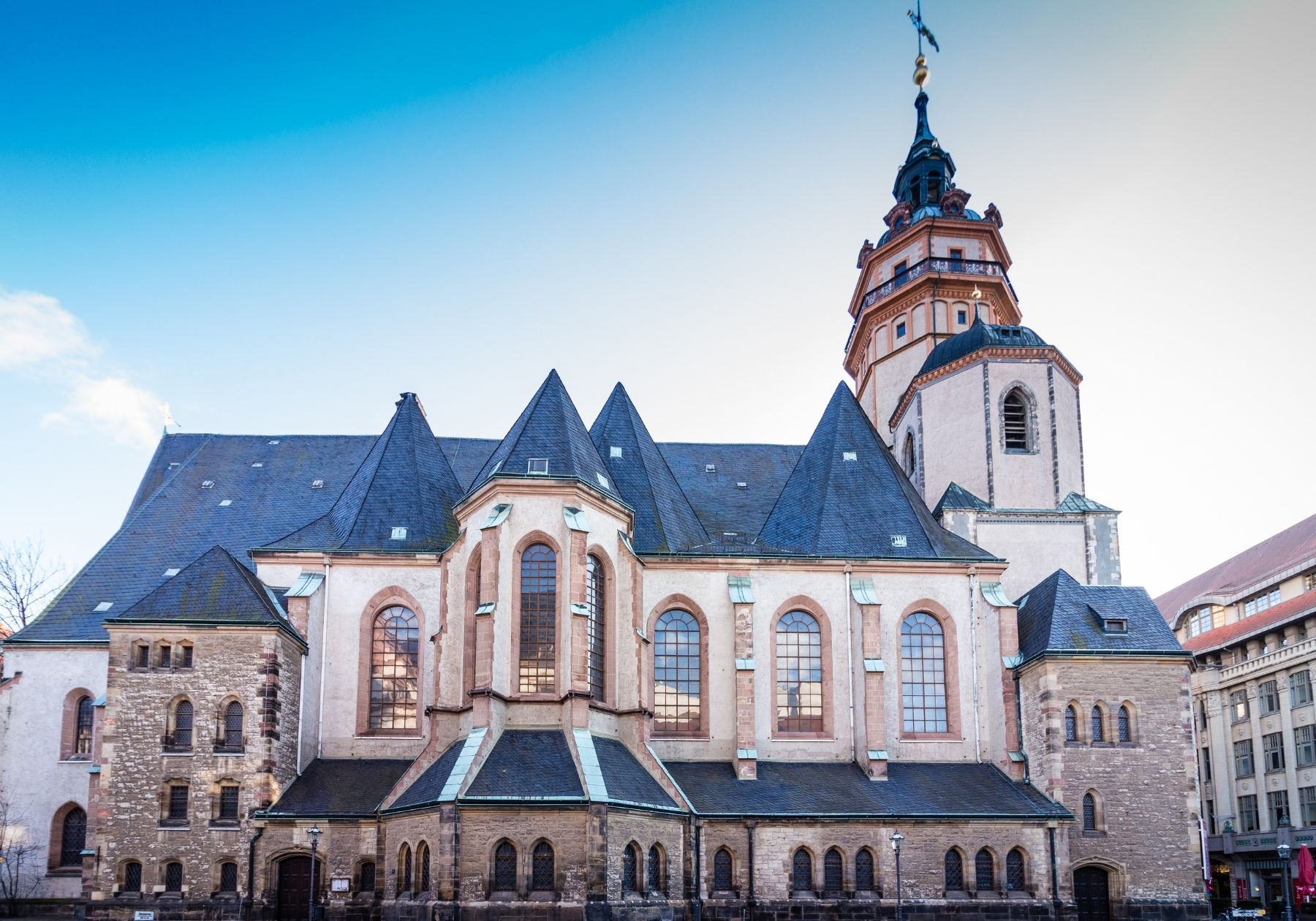
MUSEUM ALTES RATHAUS (OLD COUNCIL HOUSE)
https://www.stadtgeschichtliches-museum-leipzig.de/besuch/unsere-haeuser/altes-rathaus/
City museum (Museum Altes Rathaus):
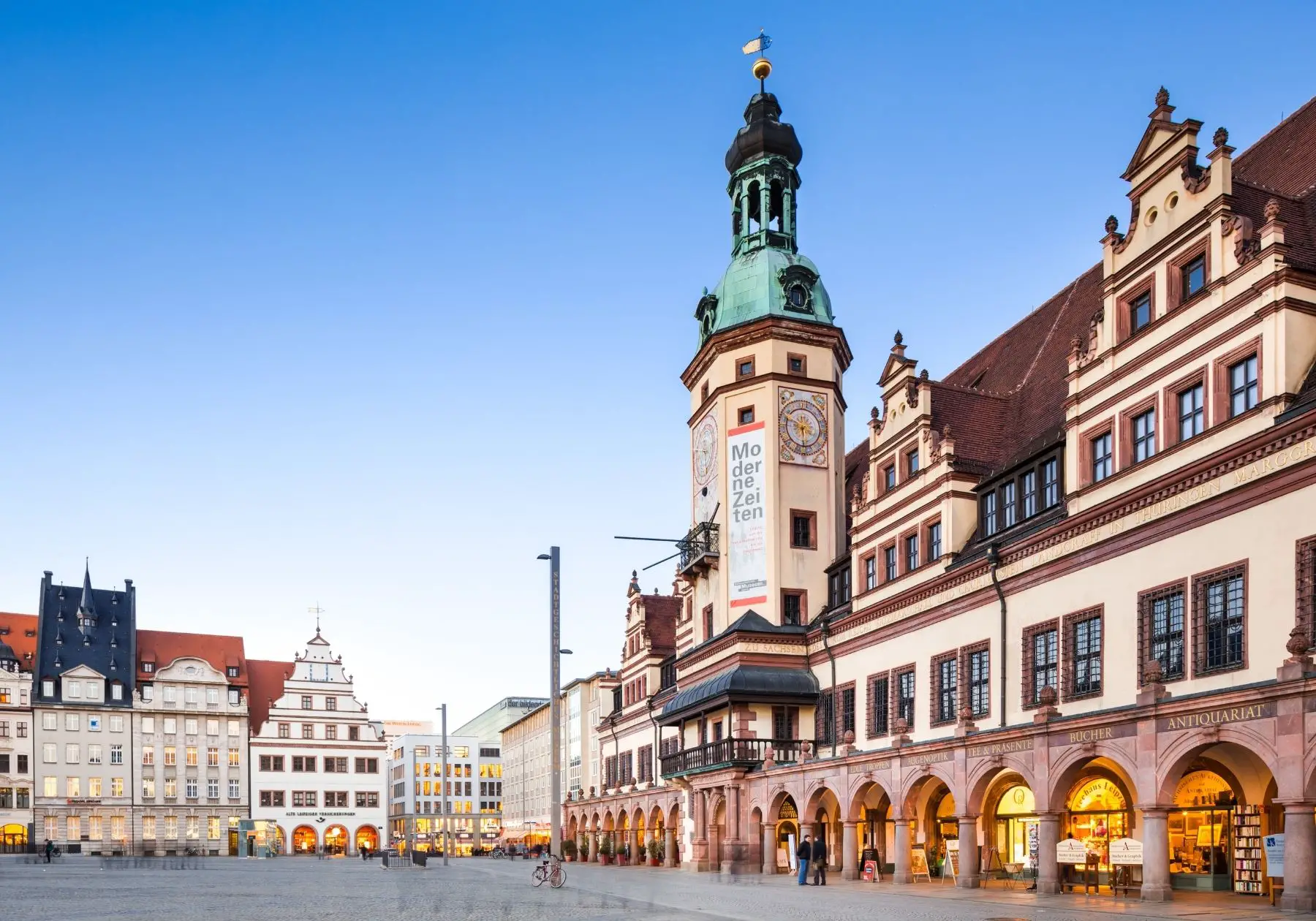
The two Bach paintings:
Johann Sebastian Bach:
The most famous work of art in the Old Town Hall is the portrait of 61-year-old Johann Sebastian Bach, painted by Elias Gottlob Haussmann. It is possibly the only portrait of the composer (there is speculation of a second painting) that he sat for the painter. Interestingly, there is a second version of this painting, which was produced at two-year intervals by the painter’s workshop. The “copy” from 1848 had been in the possession of the city of Leipzig for a long time, and now the “original” from 1846 has also been bequeathed to it by a collector. There is an amazing story about it: the famous British conductor John Eliott Gardiner told that the picture hung in his parents’ house for years and that he saw it so daily as a child. A Jewish-German family friend had put it there for safekeeping with the Gardiner friends during the World War. As chance would have it, in 2015 the same Gardiner, in his capacity as president of the Bach Archive, was allowed to receive the painting as a donation! Now both paintings are back in Leipzig.
In the case of the painting, it is a so-called “official picture” that had been created for official purposes and shows him with music paper (a canon from 1846) and cantor’s robe. Considerable differences are visible between the two paintings. It is assumed that the original was once not properly restored. In the meantime, it has been carefully restored once again.
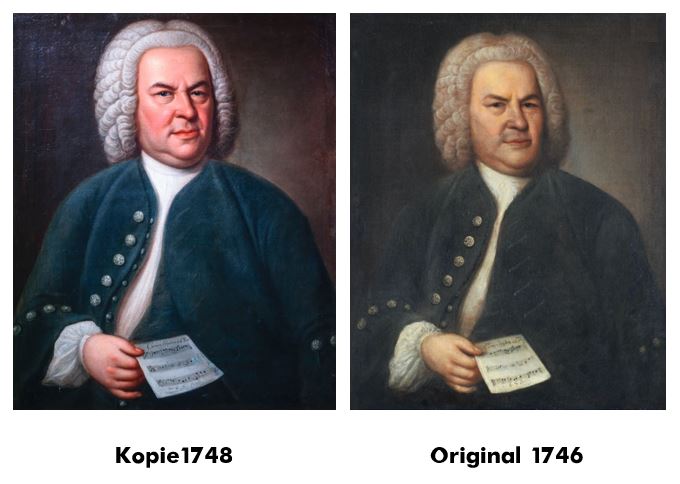
Town model Leipzig:
Johann Sebastian Bach:
Another “delicacy” of the museum is a model of the city on 25 m2, which shows Leipzig about 1800, before industrialization, that is, it presented about as Bach had experienced it.
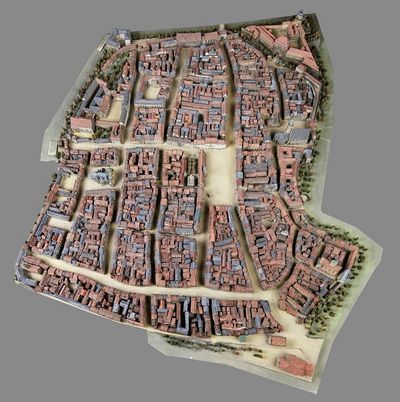
MUSEUM MENDELSSOHN HOUSE
https://www.mendelssohn-stiftung.de/
Mendelssohn House:
The Mendelssohn House, where he lived and died from 1845-47, has been used as a music salon since 1997 and is the only Mendelssohn museum anywhere. The salon has been faithfully recreated and houses many memorabilia. It also hosts regular concerts and even a piano festival in the summer (see website for programs).
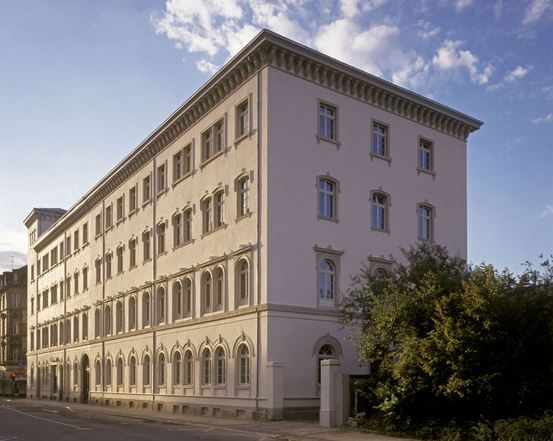
Mendelssohn House:
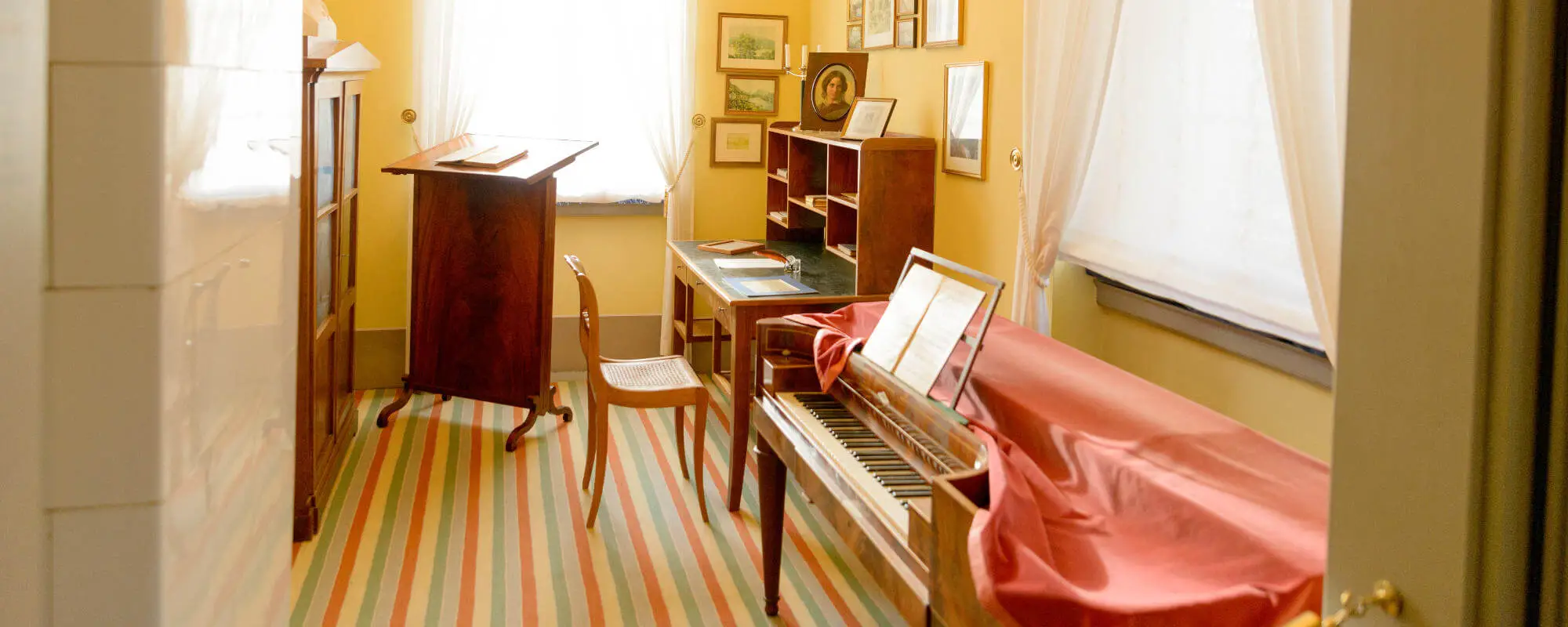
BACH MUSEUM
https://www.bachmuseumleipzig.de/de/bach-museum
Bach Museum:
The Bach Museum is an educational museum with an informative audio guide and is aimed at the interested music lover. It is located in a beautifully restored Renaissance building with a small garden.
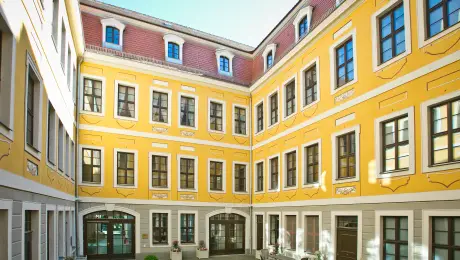
View into the museum:
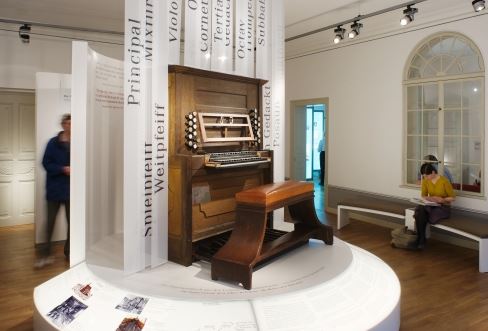
SCHUMANN MUSEUM
Schumann House Inselstrasse:
Clara and Robert Schuman lived in this historic house from 1841 to 1844, and in 2019 it was redesigned to become an interactive museum that children can enjoy. With sound experiences, permanent exhibitions and concert experiences in the historic hall, the museum covers a wide spectrum. Both artists are given space and visitors can understand their shared life and work.
https://www.schumannhaus.de/museum/
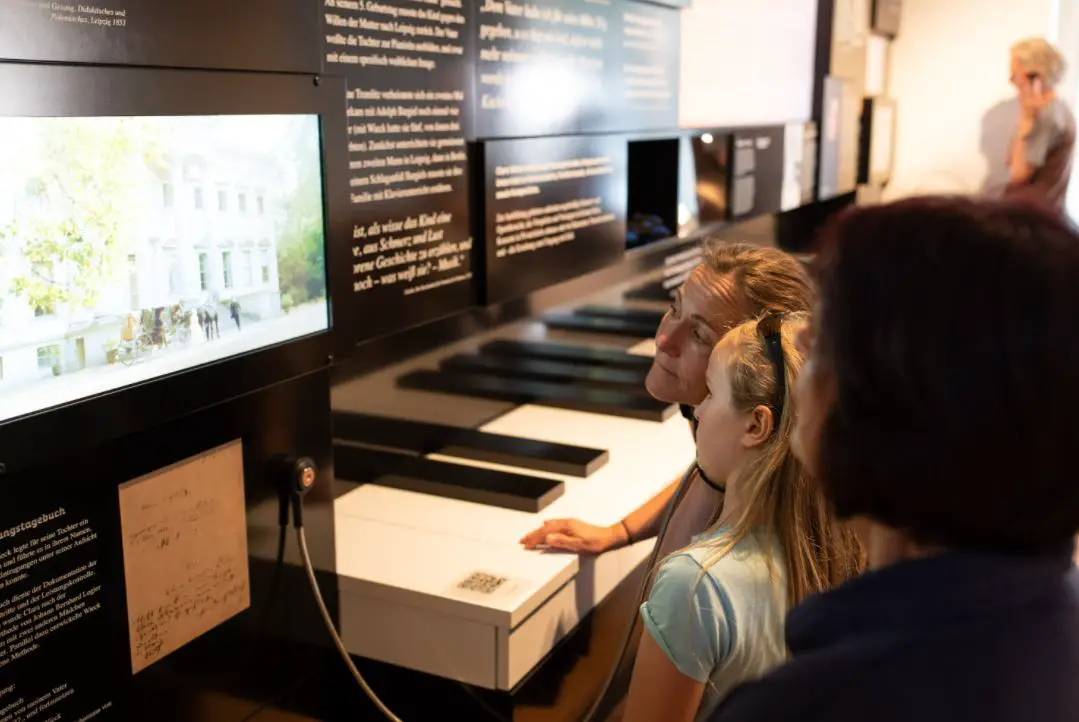
AUERBACHSKELLER
Auerbachskeller:
This 16th century wine tavern with 4 historic cellars (barrell cellar. , Luther room, Goethe room and Old-Leipzig) became world famous through Goethe’s “Faust”. Goethe stayed in Leipzig for two years about 20 years after Bach’s death and often visited this wine cellar. Thus, it can be assumed that Bach, who was not a teetotaller, had also spent time in this cellar.
https://www.auerbachs-keller-leipzig.de/index.php
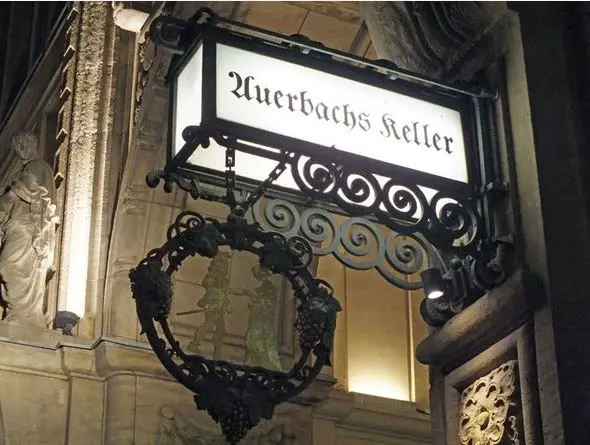
Fasskeller (barrell cellar) in the Auerbachskeller:
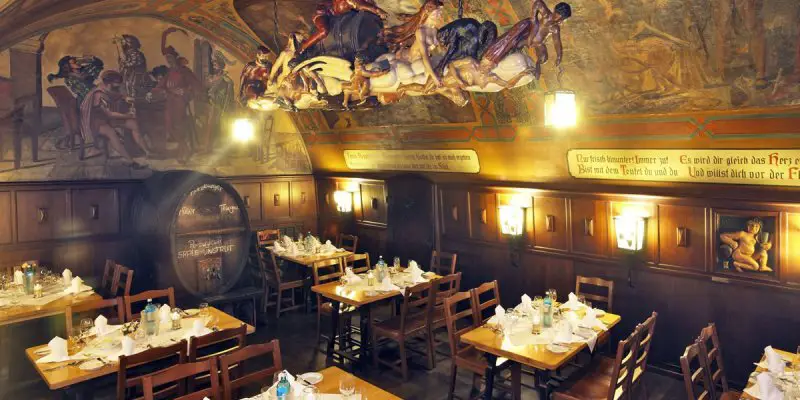
MONUMENTS
Bach monument in front of St. Thomas church:
The bronze Bach statue stands in front of the Bach window of St. Thomas Church. In the course of the exhumation of Bach’s body in the 19th century, an impression of the skull had been made, which was used as the basis for the design of the monument. The monument shows Bach conducting (why he has rolled up music paper) in front of an organ.

Mendelssohn monument:
The Mendelssohn monument, erected in 1892, was removed and melted down during the Nazi years for anti-Semitic reasons. In 2008, under the patronage of Kurt Masur, a replica of the old monument was unveiled in front of St. Thomas Church. It shows the composer on the pedestal, with the Muse of Music on the steps. On the side there are 2 putti and a medallion each representing secular and ecclesiastical music.

FESTIVAL
Bach Festival Leipzig:
In Leipzig, irregular Bach festivals have been held for more than 100 years, from which the so-called “Bach Festival” was established in 1999 as an annual festival event in mid-June. During one week, many performances (including a accompanying program) are shown at different, partly historical performance venues. The whole thing is based on a new motto set each year. Highlights are the opening concert in St. Thomas Church, the top-class performances in the Gewandhaus and open-air events.
Mendelssohn Festival:
The Musical Mendelssohn Festival is held annually in early November at the Gewandhaus in honor of the composer, who died on November 4. The program can be found on the website of the Gewandhaus.

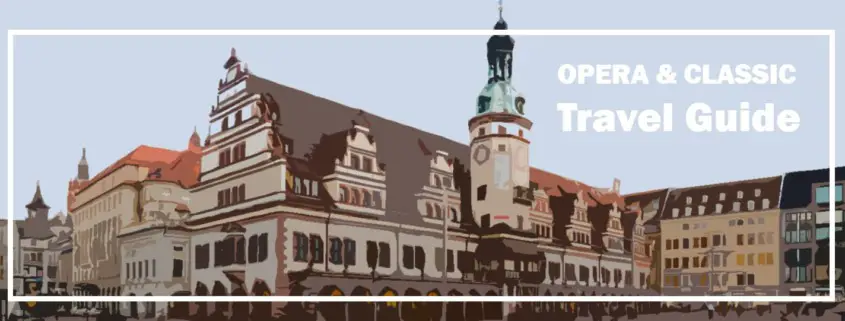


Leave a Reply
Want to join the discussion?Feel free to contribute!